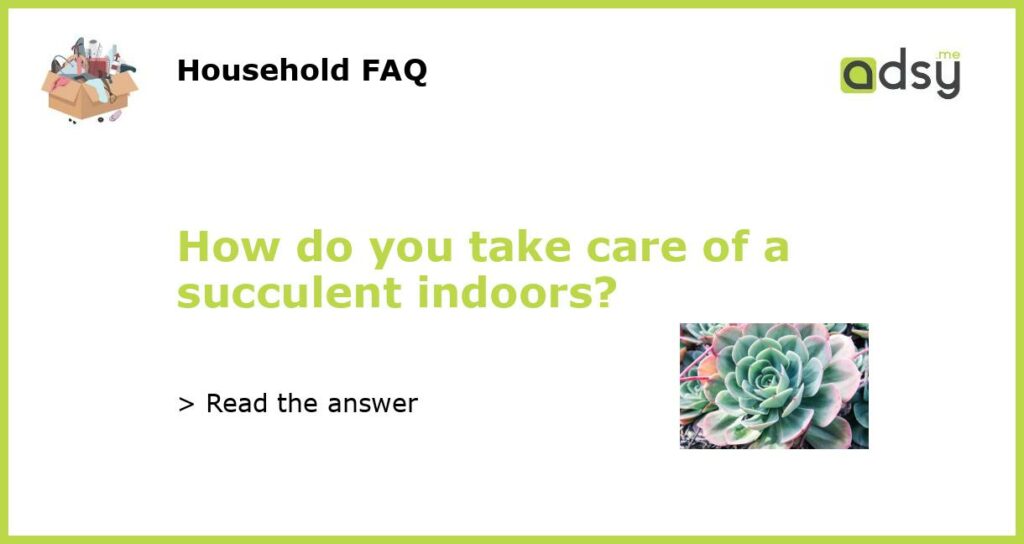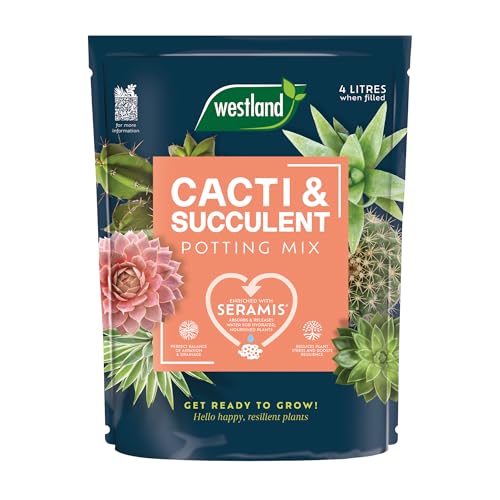Provide the right amount of light
Succulents thrive in bright, indirect sunlight, so it’s important to place them in a location where they can receive plenty of light. If you’re keeping your succulent indoors, find a spot near a window that receives at least six hours of sunlight each day. East, west, or south-facing windows are usually the best options. If you don’t have access to enough natural light, you can supplement it with a grow light. Make sure to rotate the plant every few weeks to ensure even growth.
Water sparingly
One of the most common mistakes in succulent care is overwatering. Succulents are able to store water in their leaves, stem, and roots, so they can withstand dry conditions. It’s important to let the soil dry out completely between waterings. Before watering your succulent, check the soil by inserting your finger up to the second knuckle. If the soil feels dry, it’s time to water. When watering, make sure to soak the soil thoroughly and let the excess water drain out. Avoid leaving the plant sitting in water, as this can lead to root rot.
Use well-draining soil
Succulents need soil that drains water quickly to prevent root rot. Regular potting soil tends to retain too much moisture, so it’s recommended to use a well-draining soil mix specifically formulated for succulents. You can find pre-made succulent soil mixes at garden centers or make your own by combining equal parts of potting mix, perlite, and coarse sand. This will provide the proper drainage and aeration that succulents need to thrive.
Monitor humidity levels
Succulents are adapted to dry desert environments and are not accustomed to high humidity levels. When kept indoors, they may struggle with excess moisture in the air, particularly in bathrooms or kitchens. To prevent your succulent from succumbing to root rot, it’s important to monitor humidity levels. You can do this by using a hygrometer, which measures the amount of moisture in the air. If the humidity is consistently above 50%, consider using a dehumidifier or placing a tray of water-absorbing materials, such as pebbles or clay beads, near the plant to absorb excess moisture.
Avoid temperature extremes
Succulents are relatively adaptable to different temperature ranges, but they do have their preferences. As a general rule, most succulents prefer temperatures between 60-80°F (15-27°C) during the day and slightly cooler temperatures at night. Avoid placing your succulent in drafty areas, near heating or cooling vents, or in areas with extreme temperature fluctuations. These conditions can cause stress to the plant and may lead to poor growth or even death. If your succulent is exposed to colder temperatures, such as during winter months, it may benefit from being moved closer to a heat source, such as a grow light or a heater.






